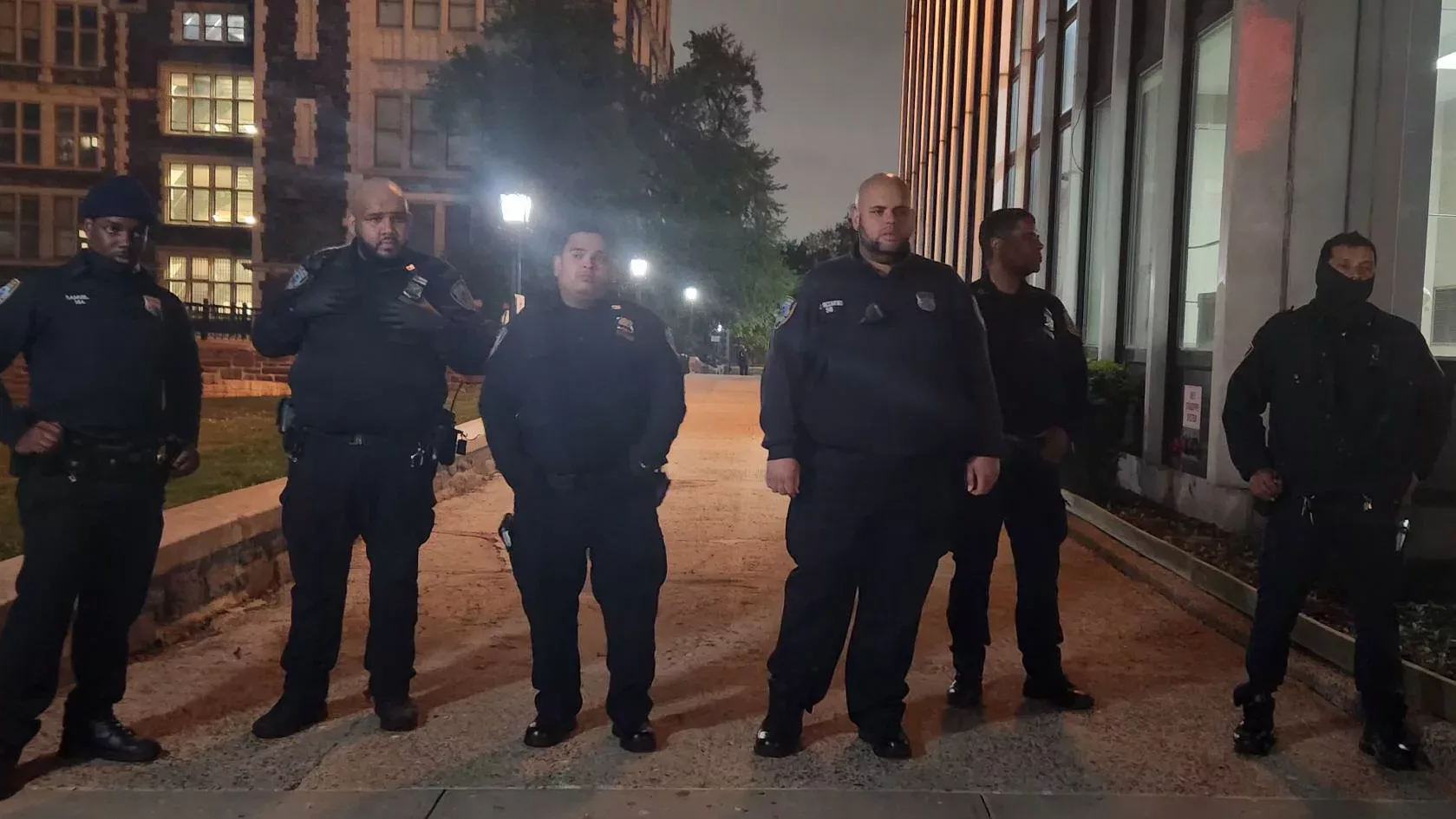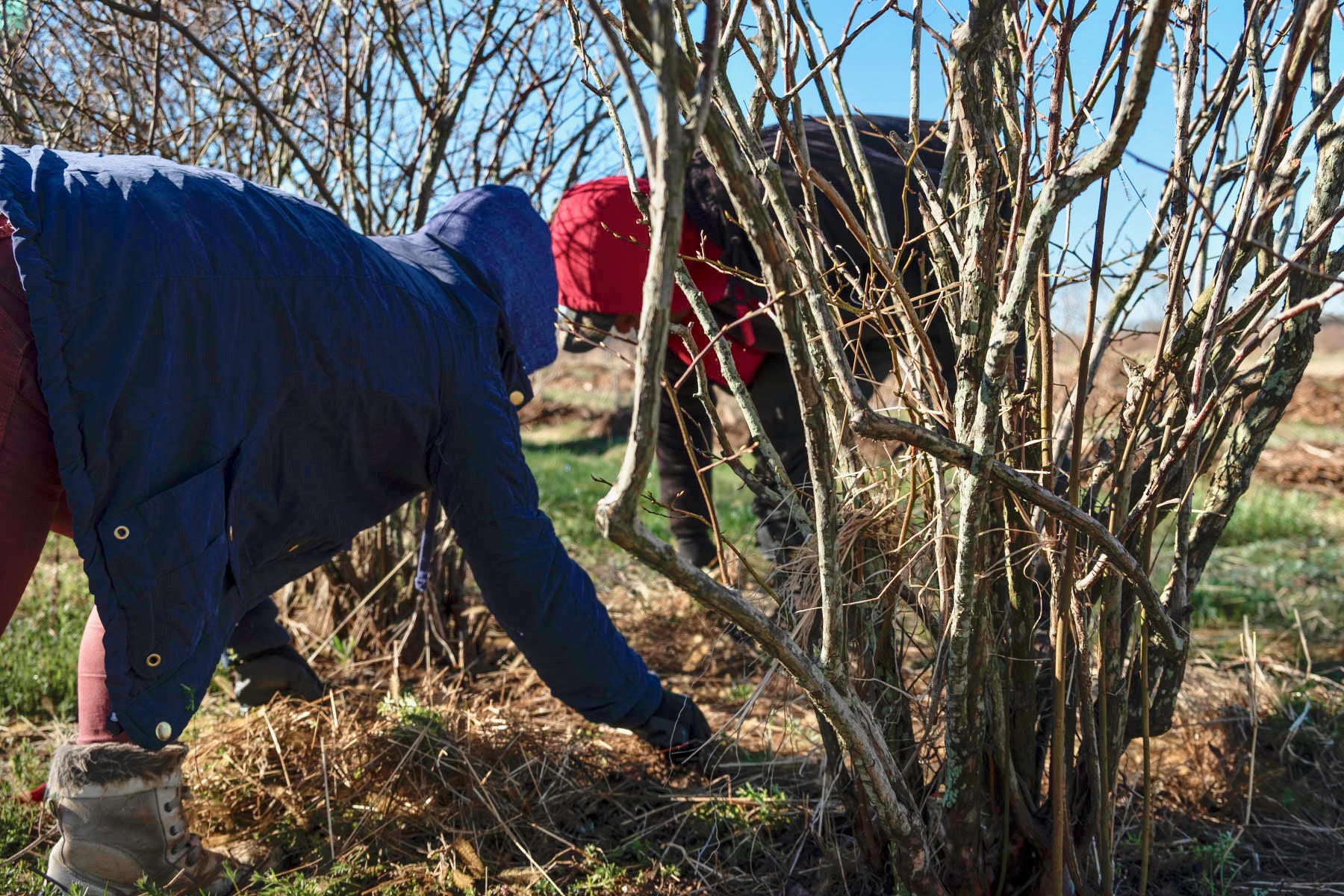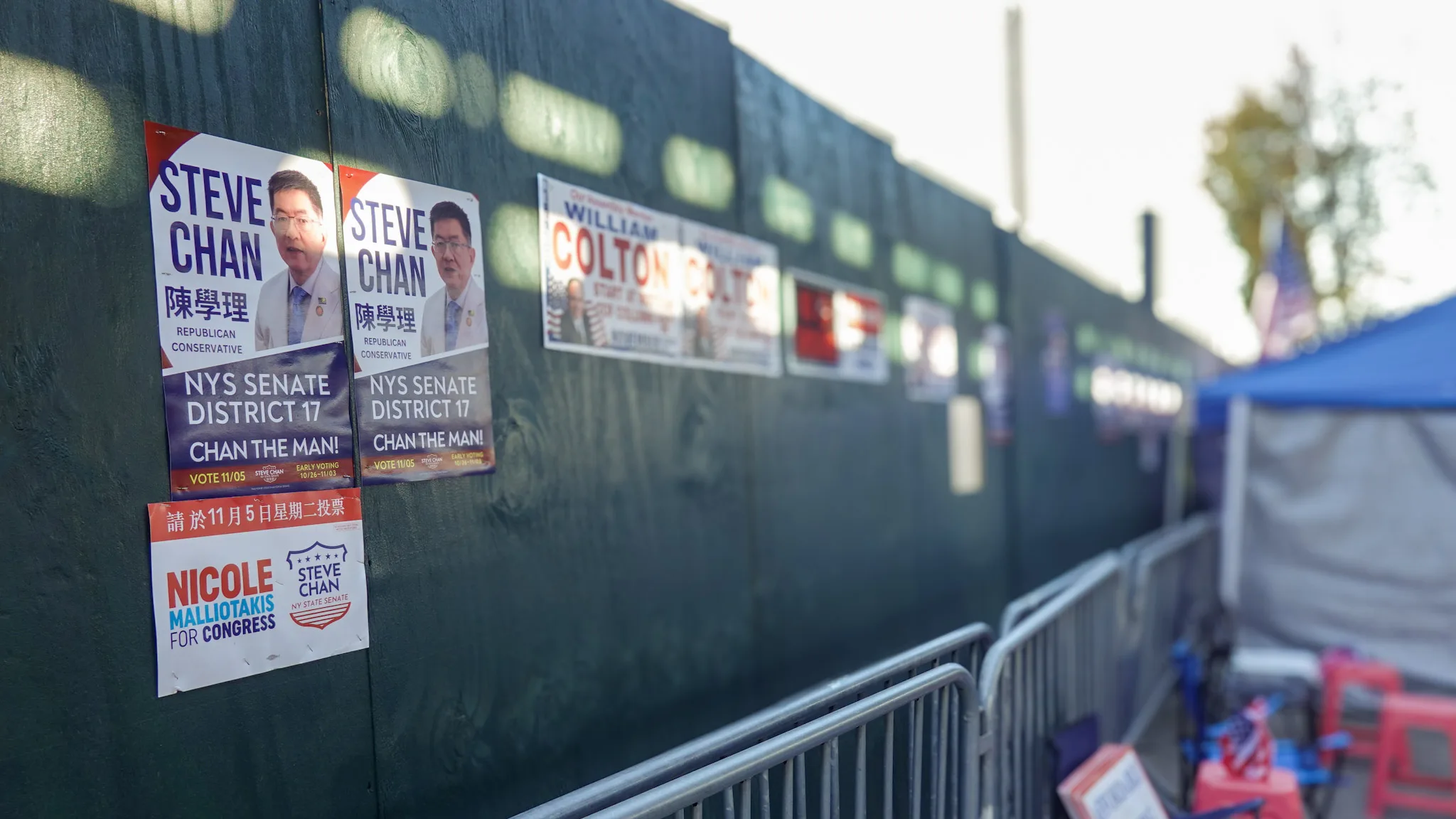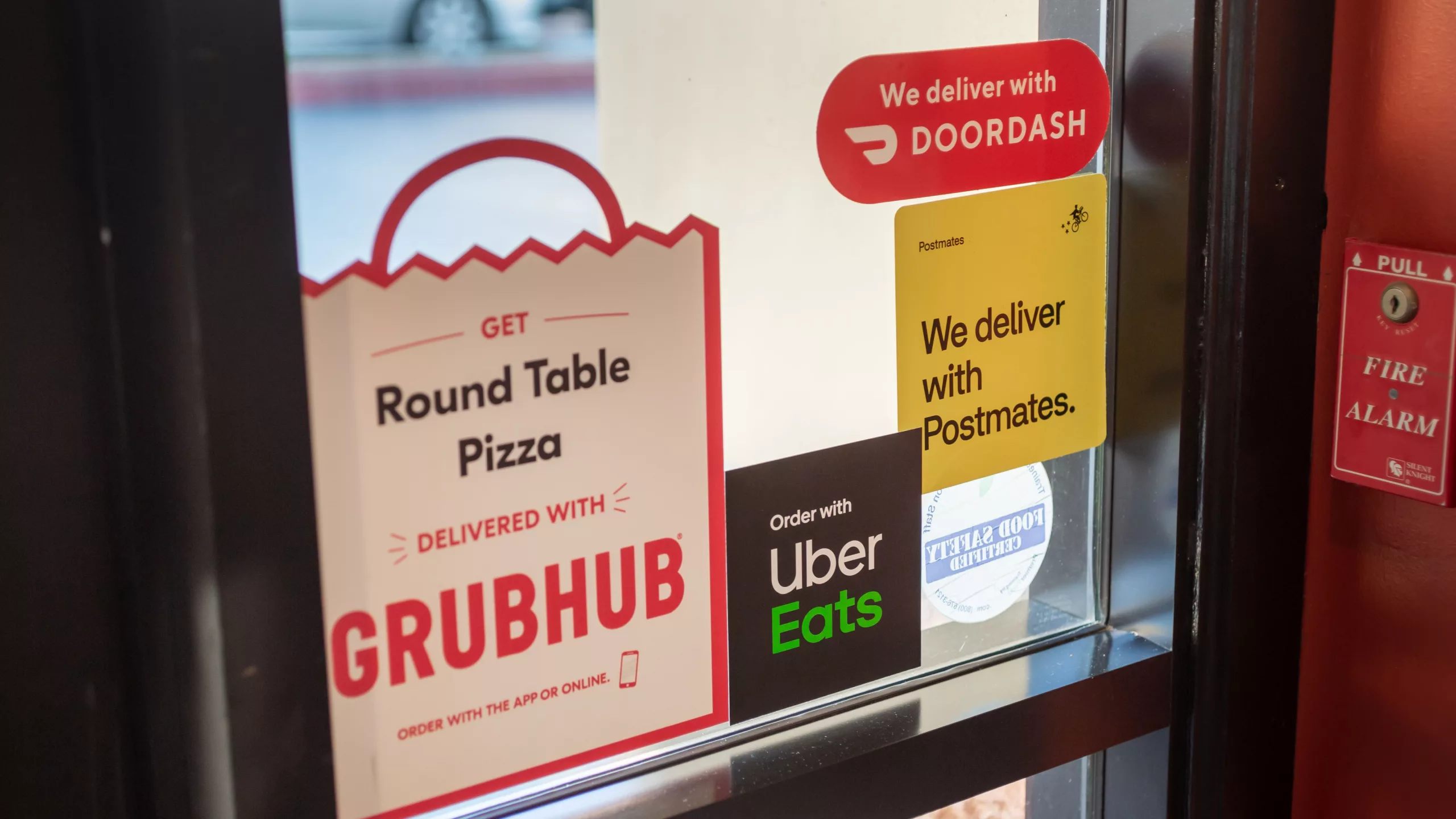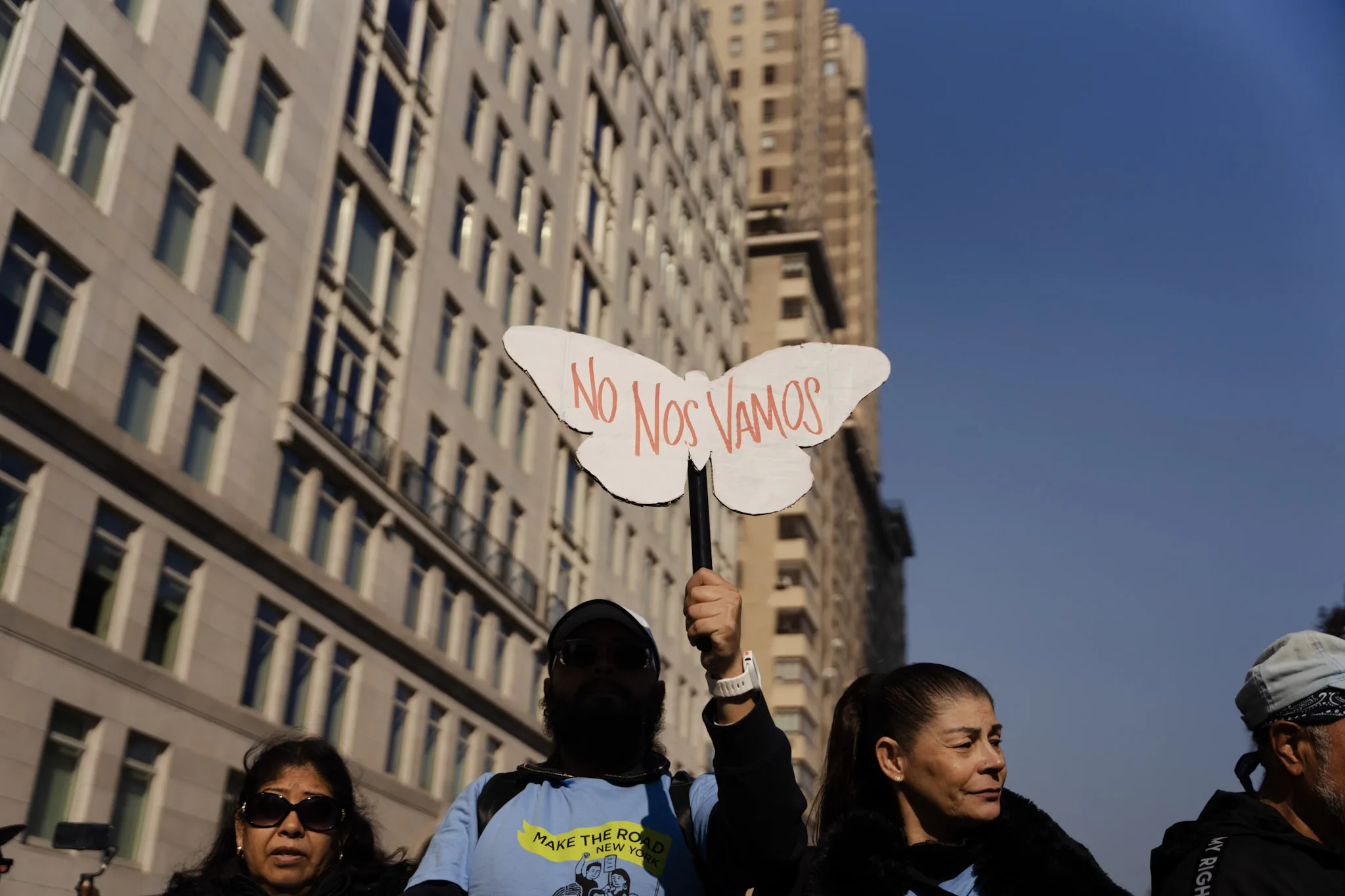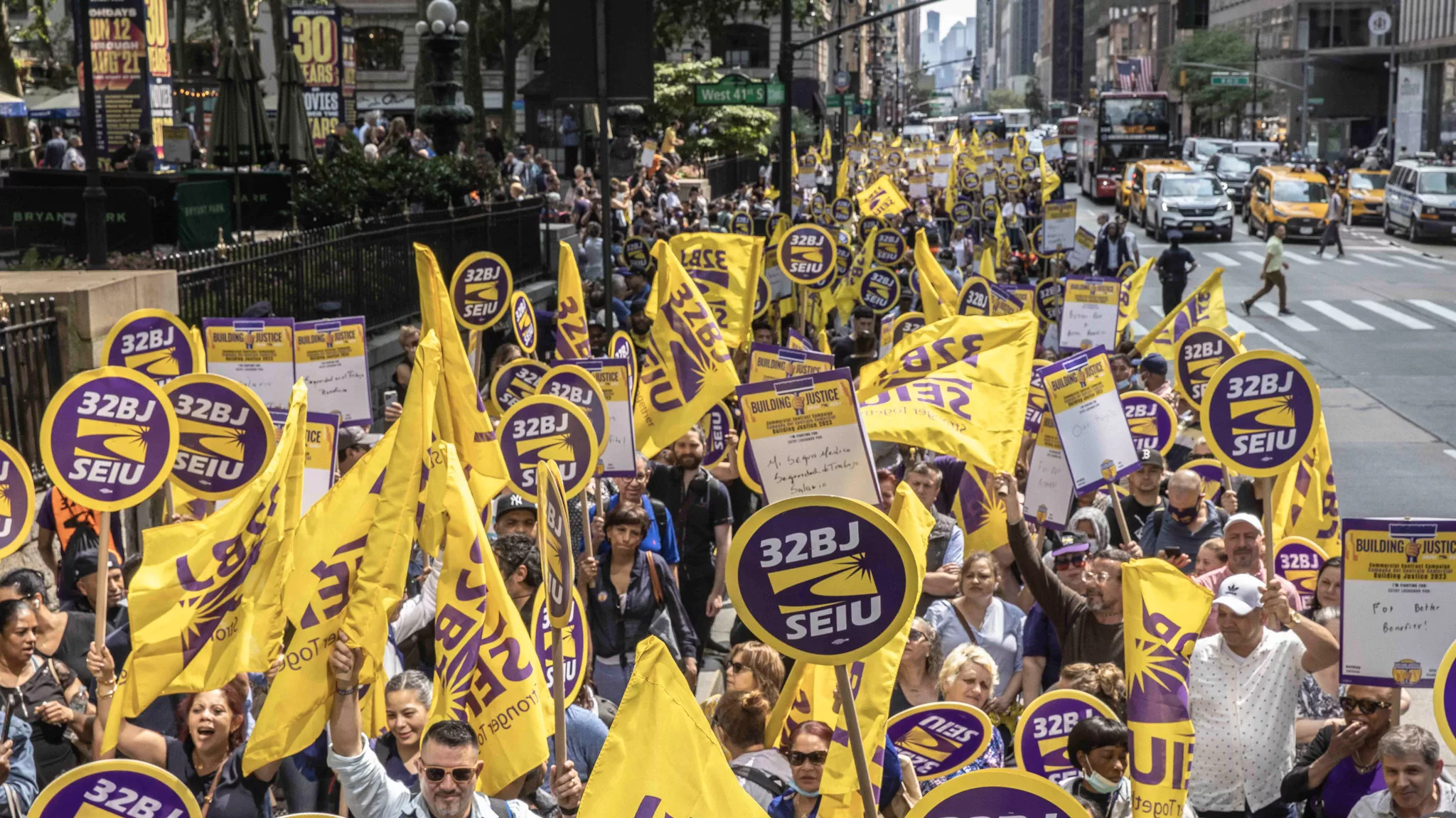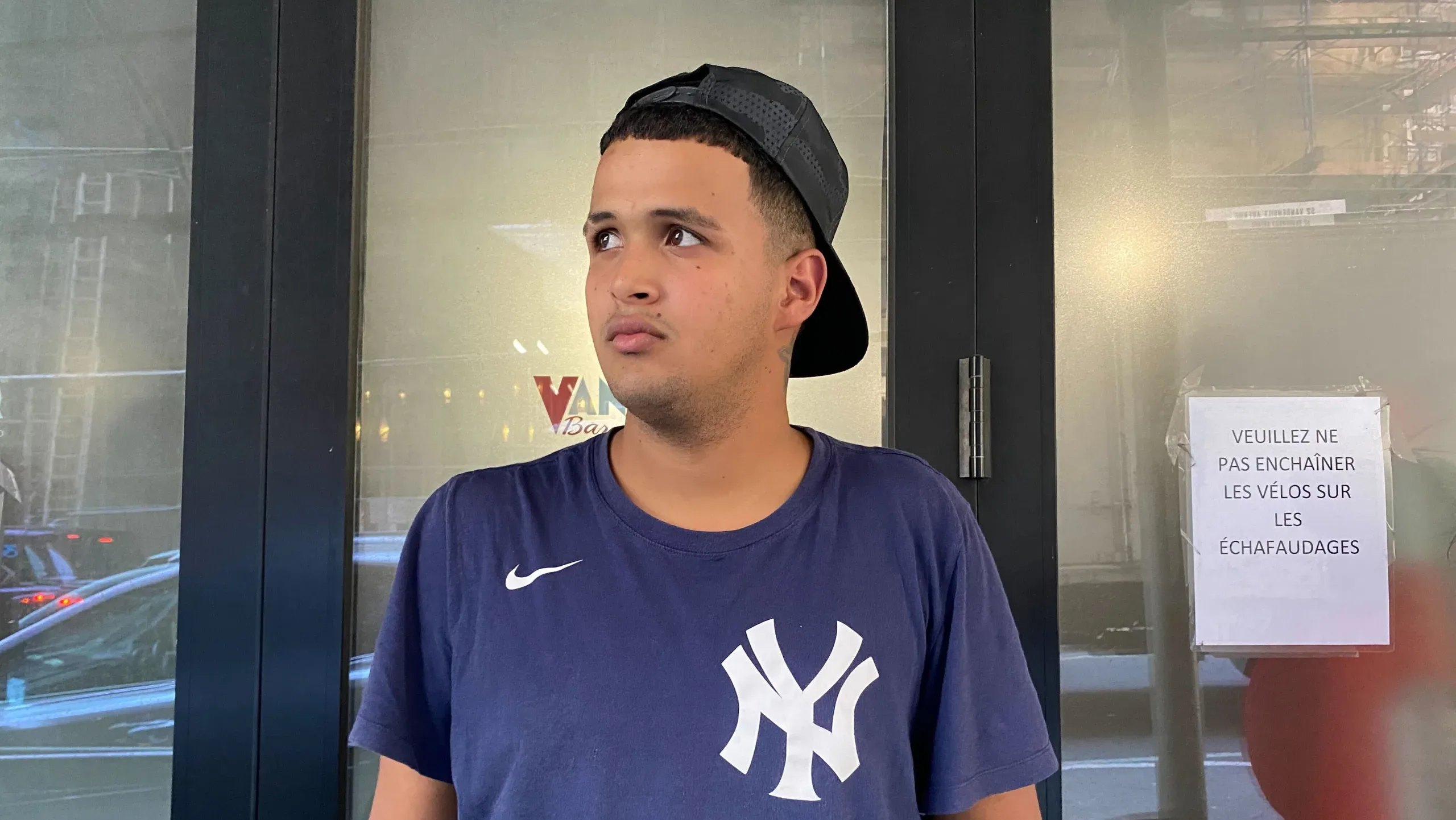In upper Manhattan, twenty blocks apart, two attractive university campuses straddle different realities. One is known as ‘Harvard of the Proletariat’ and is home to working class students, mostly of color. The other is an Ivy League school, which is attended by both disadvantaged students and children of some of the most affluent and well-connected families across the nation, and the world.
Last month, students from both universities set up Gaza solidarity encampments to demand divestment from the Israeli military, which has killed tens of thousands of people in Gaza and displaced almost two million in the last seven months. On April 30, both were subject to violent raids by hundreds of NYPD officers who destroyed the encampments. But even though many of the same officers worked at both raids, one university was dealt a heavier hand than the other. Civil rights organizations, lawyers, and faculty say protesters at City College New York endured more police brutality than their peers at Columbia University — behavior they say is rooted in classism, racism, and Islamophobia.
A quick look at the diversity across the two schools reveal disparities in the student makeup. Data shows that 87.6% of undergraduate City College students are predominantly BIPOC. By comparison, data shows Columbia undergraduate students are 59% BIPOC. Beyond that, the financial backing of both institutions also reflect a significant disparity: City College has an endowment of $290 million while Columbia’s is $13.64 billion.
Differences in the way campuses were policed can be seen in the severity of injuries inflicted on protesters, their treatment in custody, and the charges they face.
While Columbia’s student encampment was raided the day after the April 29 deadline given by president Minouche Shafik, CUNY’s encampment — located at City College (CCNY) in Harlem — was raided the evening before the May 1 deadline set by President Vincent Boudreau. A press release by the CUNY Gaza Solidarity encampment says “no warning” was given before police were unleashed on them preventing those who could not afford to be arrested from leaving.
NYPD’s controversial Special Response Group (SRG) — which activists and city council members have campaigned to disband — carried out brutal militarized raids on both campuses. Protest monitors from civil rights organization the New York Civil Liberties Union, noted they observed a more violent scene at City College. At Columbia, armed officers used flash bangs, tackled and threw students violently to the ground, with at least one student thrown down a set of stairs. At City College, police used a taser, pepper sprayed unarmed protesters and bystanders, surrounded and kept people in one place (in a technique known as kettling) and beat people with batons, resulting in people sustaining broken bones and teeth.
Of the 282 people arrested during both raids, around 109 people were arrested at Columbia (38.7%), while 173 people were arrested at City College (61.3%), despite the CUNY encampment being smaller and legal observers noting there were fewer protesters.
Disparities between the students from the two universities continued after they were taken into custody. The NYPD processed protesters on low-level appearances, rather than releasing them with appearance tickets. The vast majority of Columbia protesters were arraigned for 24 hours or less — the time limit set by case law. Some protesters were held for two nights — in violation of case law — and the majority of them were from CUNY. The Legal Aid Society condemned the NYPD for being in breach of both these laws. In addition, 22 CUNY students were charged with burglary, a felony that is punishable with up to seven years in prison for breaching a building; while 46 Columbia students were charged with trespassing, a misdemeanor that carries a maximum penalty of 90 days in jail for occupying a building, showing that public school students are bearing the brunt of police brutality. Hebh Jamal, a CCNY alumna who says Israeli Defense Forces have killed more than 30 members of her family, was in the encampment with her children during the raid. She had given a speech that day. In a letter to one of CCNY’s Deans, Andrew Rich, she said, “I personally witnessed the brutal nature in which NYPD and Public Safety operated — by first kettling and enclosing the protesters, to pepper spraying and assaulting them to finally arresting them.” She recalled feeling she and her children’s safety was in “jeopardy” after the police closed exit points and refused to let them leave. It was only after protesters chanted for them to be let go, they were able to escape.
Marlene McKinney, a CCNY student who was outside the encampment, said the police pushed supporters further and further away from the encampment over the course of the evening. She also detailed how people on the sidewalk were arrested by police, saying, “The police used their formation and batons to push us closer together into half of the sidewalk. Many of us started to chain link our arms to prevent arrest. I watched as someone in front of me was pushed onto the ground to be arrested. We also saw someone shoved onto a car and arrested. The arrests were sporadic and random.”
A faculty member who was standing outside the encampment that night, who did not wish to be identified, said the police asked them and their partner to move to the sidewalk around 10:40 p.m. As their partner walked around a bus toward the sidewalk, three officers tackled her (a petite 5’4” 125-pound woman) to the ground. “They beat my partner with batons. My partner has lung problems. Two cops were kneeling on her back. My partner kept saying, ‘I can’t breathe,’ and the cops said, ‘You can fucking breathe.’ ” Both the faculty member and their partner were arrested, and their partner was left with bruises to her face and legs.
Like McKinney and the faculty member, legal observers noted that the NYPD asked people to move off the road, and then arrested them when they moved to the sidewalk. They also noted the NYPD simultaneously issued dispersal orders and arrested people in violation of protocols.
Isabelle Leyva attended both raids as a legal observer. A senior organizer at New York Civil Liberties Union, she said, “The number of protesters at City College was much less than Columbia, but they were heavily outnumbered by police. Our monitors documented the use of pepper spray, a taser, and batons on protesters.” She added that tasers were very rarely used at protests. “They can cause long term effects such as nerve damage. It being used at CCNY is pretty alarming.”
Leyva added that “SRG has a long history of racial bias and injuring people.”
Attorneys from the CLEAR project, a legal nonprofit and clinic housed at CUNY’s School of Law’s clinical arm observed the protests at CCNY and the ensuing police and prosecutorial responses. A spokesperson said: “The differences in both the police and prosecutorial responses across campuses with vastly different class and racial makeups raise serious questions and concerns.”
Two weeks ago, almost 100 CUNY faculty members picketed outside CUNY headquarters in midtown demanding the chancellor keep NYPD off campus and the Manhattan DA drop charges against students. Faculty members present included Jeanne Theoharis, Alex Vitale, and Alan Aja.
Sociology professor Alex Vitale contextualized CUNY’s decision to call in the NYPD. The Coordinator of the Policing and Social Justice Project said, “CCNY has millions of dollars in defense grants. CUNY central administration doesn’t want to risk upsetting donors and legislators seeing a protests on campus they don’t agree with. It is highly intolerant of protest activity and quick to criminalize students.”
He described the NYPD response as “biased”, saying: “Their threat assessment is guided by biases they have of the political left, and racial make-up of young people of color. The way they created frozen zones, and arrested bystanders is indicative of racial and class bias. They wouldn’t do that with people in the upper west side because they have power and influence. There is also clear evidence of Islamophobia towards Muslim students. Where you see the Islamophobia is in the militarized police response.”
Since the picket, more than 515 CUNY faculty members have signed a letter to Chancellor Felix V Matos Rodriguez condemning his decision to call in the NYPD, and demand he drop charges.
CUNY’s use of police to contain student protests is the latest in a 55-year history of using police force to stymie student activism. This includes the now celebrated uprising by around 200 Black and Puerto Rican students, who occupied City College to fight for a diverse student body back in 1969. It also includes protests opposing tuition rises — among other things — in 1989 and 1991, when students once again occupied buildings on campus. Perhaps the most well-known example of police brutality was in 1995, when Mayor Rudy Giuliani unleashed police on an estimated 25,000 students opposing proposed budget cuts and tuition increases. Police beat, pepper sprayed, and arrested protesters. The NYPD also commenced a surveillance program of Muslim students in CUNY in 2003, sending in undercover officers and informants.
In October, NYPD were sent in to police a protest organized by Brooklyn College students against the Israeli bombardment of civilians in Gaza. The night before, leadership announced they were moving the protest off-campus on to the streets via a statement.
The NYPD and CUNY have not responded to requests for comments, and the Manhattan District Attorney’s Office has not provided a list of updated numbers of people charged.
